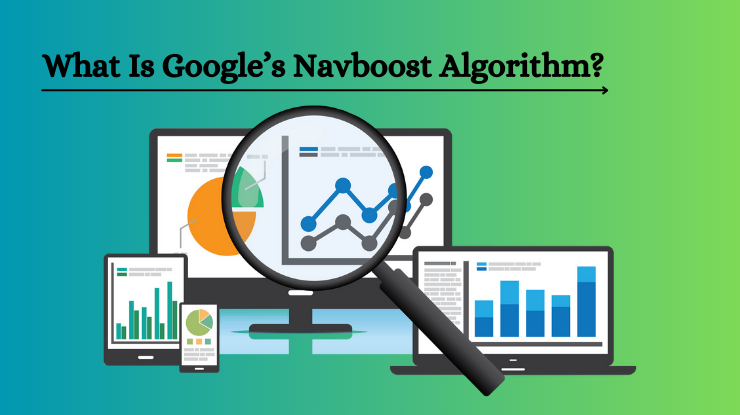
In the ever-evolving landscape of search engine optimization (SEO), Google continually refines its algorithms to deliver better user experiences. One such innovation is the Navboost algorithm. While not as widely discussed as core updates like Panda or Penguin, Navboost plays a crucial role in enhancing navigation-based search results.
Understanding Navboost
Google’s Navboost algorithm is designed to improve the relevance of search results for navigational queries. A navigational query occurs when a user searches for a specific website or web page, often with the intent of going directly to that destination. For example, queries like “Facebook login” or “Amazon customer service” are navigational in nature.
The Navboost algorithm works by:
- Prioritizing Known Websites: It boosts the visibility of websites that are highly relevant to the query.
- Leveraging Click Data: Google uses historical click data to determine which results are most likely to satisfy the user’s intent.
- Considering Brand Signals: The algorithm gives weight to branded terms, ensuring that the official website or app is ranked prominently.
- Optimizing Search Snippets: Enhancements in snippets help users quickly identify the correct link for their needs.
Why Is Navboost Important?
Navigational queries are a significant portion of all search queries. When users search for specific destinations, they expect accurate and immediate results. Navboost ensures that users are directed to the most relevant and authoritative sources, minimizing frustration and improving the overall search experience.
Key Features of Navboost
- Improved Brand Recognition: Official websites are more likely to appear at the top, reducing the chances of users landing on phishing or misleading sites.
- Local Relevance: For queries with potential local intent, such as “Starbucks near me,” Navboost enhances results by integrating location data.
- Dynamic Updates: The algorithm adapts in real-time to changing trends and user behaviors, keeping results fresh and relevant.
How to Optimize for Navboost
Businesses and website owners can benefit from the Navboost algorithm by implementing a few key strategies:
- Maintain a Strong Brand Presence: Ensure your brand name is consistent across all platforms, including your website, social media, and local business directories.
- Optimize Metadata: Use clear and concise titles and descriptions that reflect your brand and the services you offer.
- Enhance User Trust: Secure your website with HTTPS, display trust signals like certifications, and maintain accurate contact information.
- Monitor Click-Through Rates (CTR): A high CTR indicates to Google that your site is relevant to navigational queries, which can positively influence your rankings.
- Claim and Optimize Local Listings: For businesses with physical locations, claim your Google Business Profile and ensure that your name, address, and phone number (NAP) are accurate.
Challenges with Navboost
While Navboost enhances user experience, it presents challenges for smaller businesses and new entrants. Competing with established brands can be difficult, as the algorithm tends to favor well-known entities. To overcome this, smaller players need to focus on niche-specific optimizations and unique value propositions.
Conclusion
Google’s Navboost algorithm underscores the importance of understanding user intent, particularly for navigational queries. By aligning your SEO strategy with Navboost’s principles, you can enhance your site’s visibility and better serve your audience. Staying informed about such algorithmic updates ensures that your website remains competitive in the dynamic world of search.


